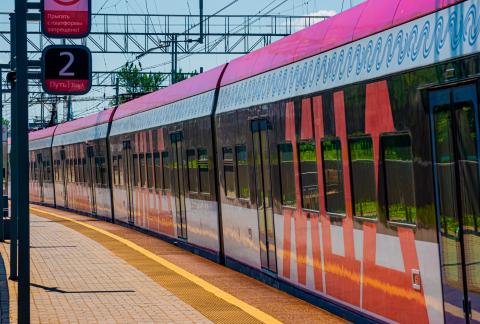Online Technical Training Blog

Rapid Transportation: The Future is Automated
Driverless trains, computer algorithms and laser detectors have been hailed as the future of transportation. Automation is moving into a whole new generation, with cars, ocean tankers and trains becoming increasingly automated. Transportation automation has many benefits, including saving costs associated with labor and increasing safety by removing human generated error. It is also worth noting that “any new metro train/subway systems constructed and implemented today integrates at least some level of automation, with many modern transportation hubs incorporating new fully driverless technologies.” (railway-technology) With this increase in automation around the world, the demand for automation technicians will rise with the market.
Automatic Train Operation (ATO) has been around since the 1960’s with the first fully automated train being unveiled in the famous London Underground in 1964. In every train system, there are two basic principles that are adhered to. The first is the “safety” principle that tells the train when to stop and go and second is “train control” which regulates acceleration and braking. This overall automating system has two physical boxes that controlled the train, one for each of the guiding train principles. Heralded as a “great success” the ATO proved the concept that would take trains into the future. However, with new technology there were problems. The trains were regularly either overshooting or stopping short of platforms. The employee supervising the train would get accustomed to skillfully applying the emergency brakes that would allow the trains to stop correctly. Even though the trains were fully automated, an employee was still required.
Today there are three different categories of automated trains defined according to what function of the train operation is a system responsibility.
-
GoA2 (Grade of Automation 2) exists when the train automatically moves from station to station, but a driver is in the cab handling the door opening and closing, obstacle detection on the tracks and handling of emergency situations. The Younge-University line of the Toronto subway has planned to have their trains GoA2 by the end of 2016.
-
GoA3 is similar with the exception that the driver in the car is not responsible for object detection.
-
GoA4 is completely automated, where an employee is not required on the train for safe operation. However, employees may be present to provide customer service or to handle emergency situations. Driverless trains are prevalent in so called “closed systems,” which are rail lines that are smaller running as a separate entity such as in subways and in airport transfers. This approach reduces the need for object detection and keeps the costs of automating trains down. The world’s longest closed system automated rail network is the Dubai metro in Dubai, UAE with 75 kilometers of automated tracks.
One of the most ambitious automation transit projects undertaken recently was by the mining company Rio Tinto. They decided to automate 57 trucks and trains at their iron ore mine in Pilbara, Western Australia. “Fitted with radar, sensory equipment and mapping technology, the autonomous machines can tell when an object is blocking their path and can respond to reduce the likelihood of impact.” (smh.com.au) Rio Tinto believes that this project will cut energy use and costs and increase reliability. The total cost for automating this train system came in at a cost of $518 million.
Clearly the future of railways lies in driverless trains. The Paris Metro claims that after automating a few of their subway lines to GoA4, their operational costs were reduced by 30%. Also, eliminating a drivers cab increased passenger space by 4-6%. The transportation world is now definitely trending toward automation with the goal of providing safe, reliable, efficient and cost effective transportation services.


